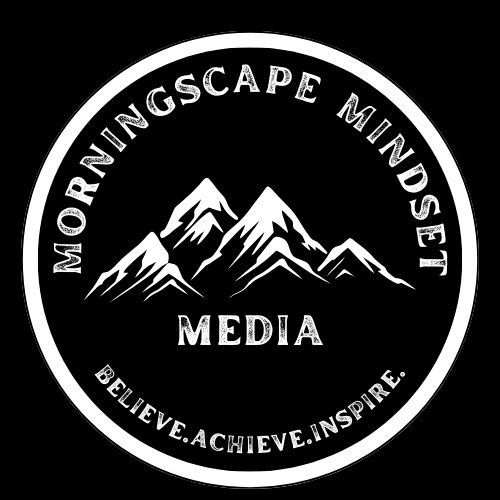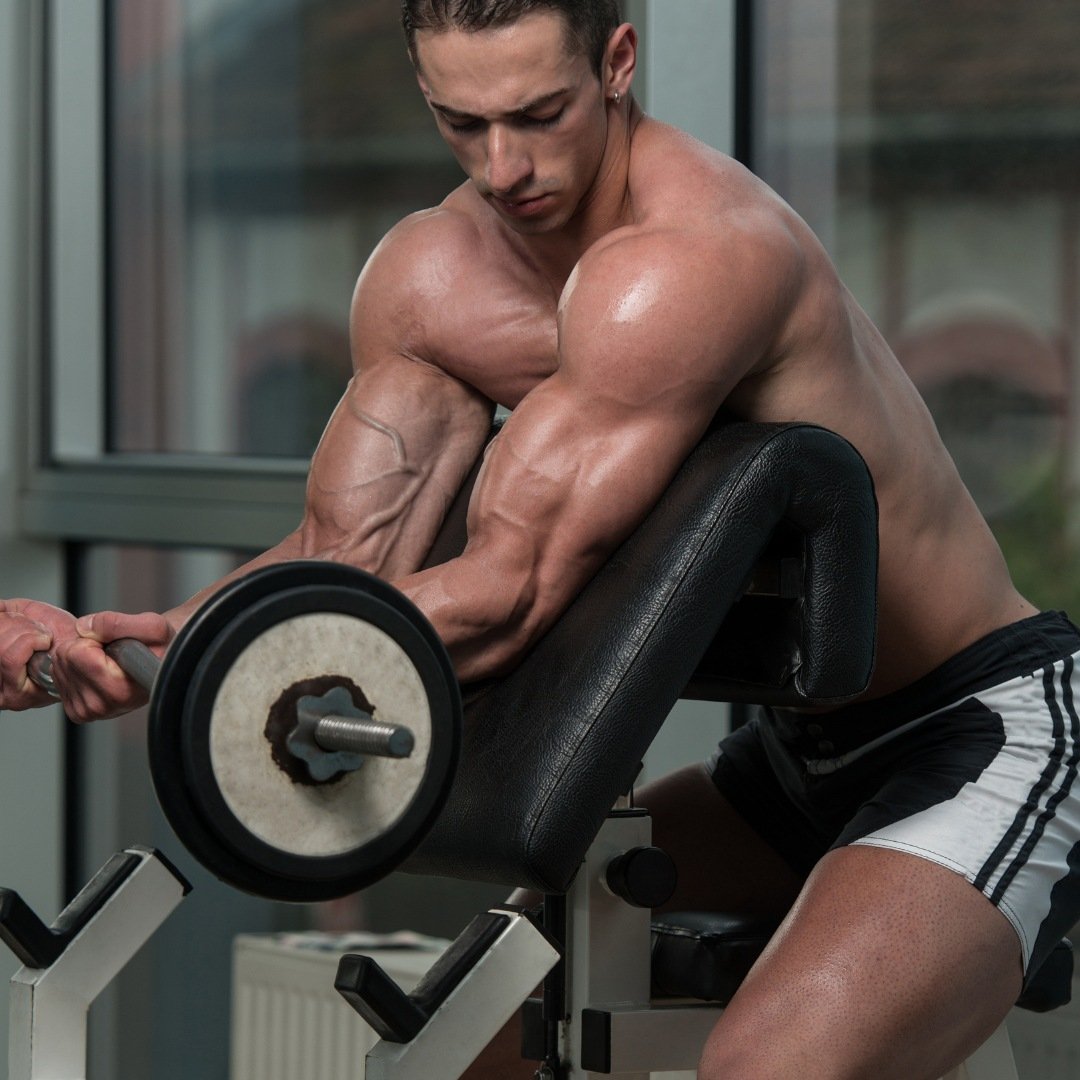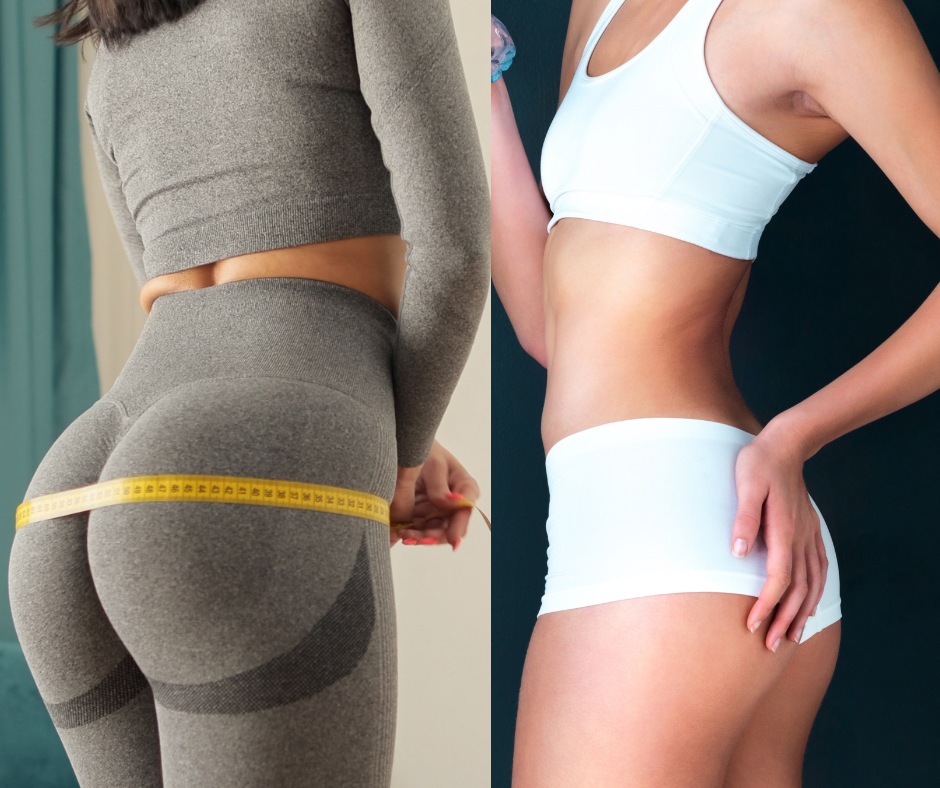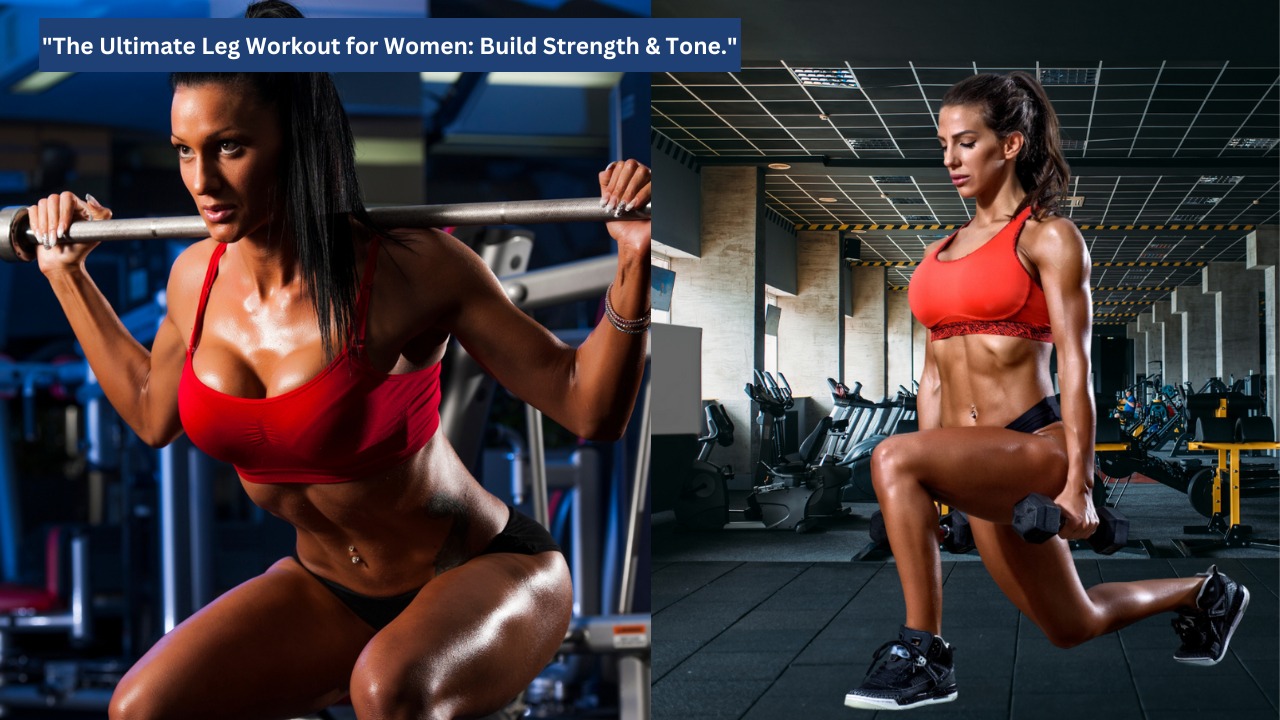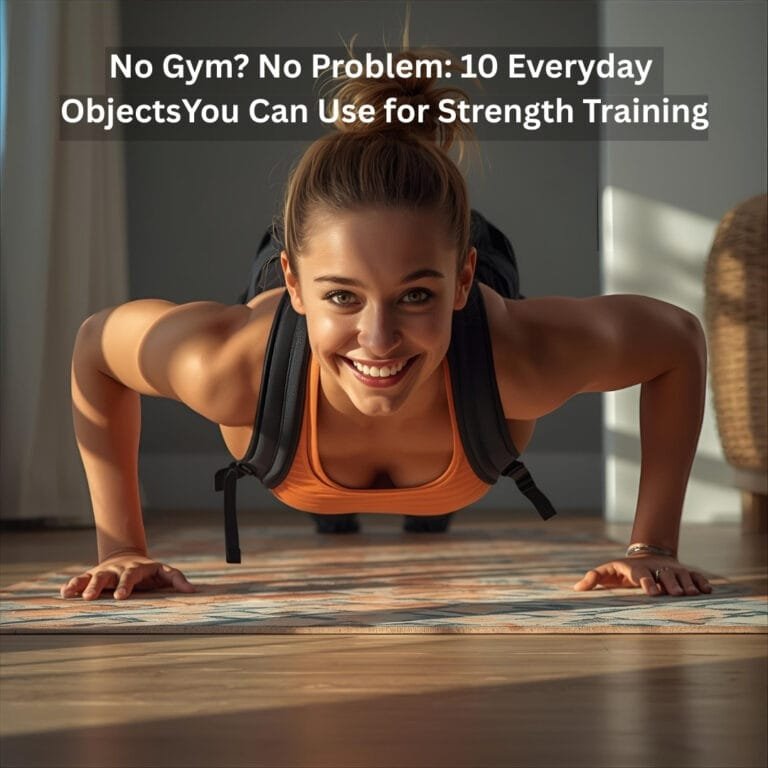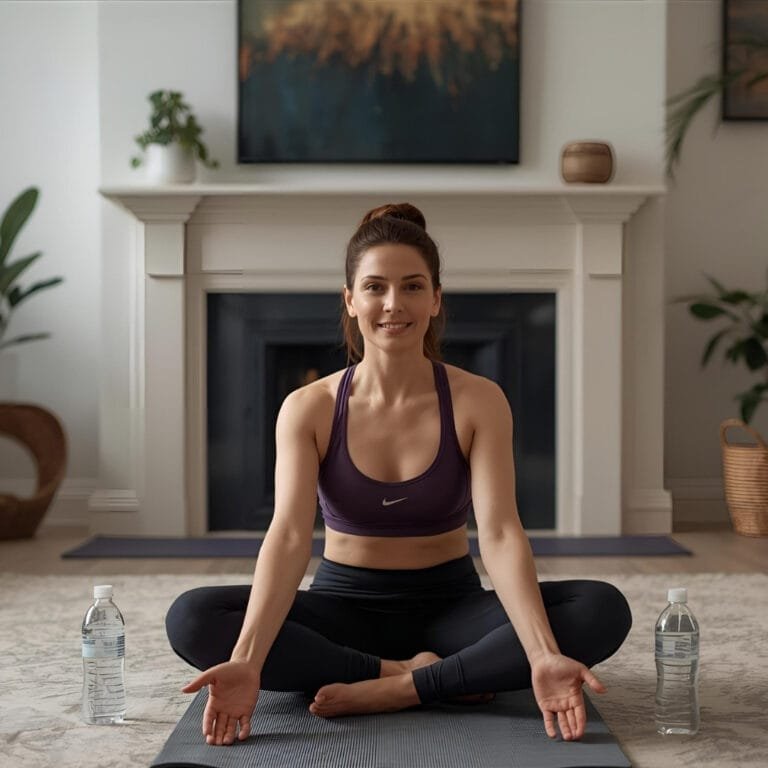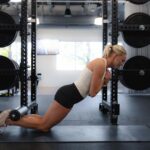Disclosure:
Thank you for reading this post, don't forget to subscribe!
Some of the links on this website are affiliate links. This means that if you click on the link and make a purchase, we may receive a small commission at no extra cost to you. Your support helps us keep the site running.Learn more on my Privacy Policy and Affiliate Disclosure page. Thank you for your support!
Skip the fluff. Build arms that look powerful and perform even better.
“Biceps day” is a favorite for a reason: biceps respond well to smart training, give instant feedback with a good pump, and dramatically improve how your physique reads in T-shirts, suits, or on stage. But bigger arms aren’t built by random curl marathons. They’re built by understanding function, choosing the right variations, and programming volume and intensity with intent.
Below, you’ll learn the anatomy that actually matters, how to select grips/angles for fuller development, exactly when to use intensifiers (and when not to), and three proven routines (with beginner, intermediate, and advanced options) you can plug into your training this week.
Why Biceps Matter (Aesthetics and Performance)
Well-built biceps do more than look good in a front double biceps pose. They:
- Balance your upper-body silhouette. Proportional biceps frame the shoulder and forearm and make the entire arm look “complete.”
- Support pulling strength. In rows, pull-ups, and carries, strong elbow flexors help transfer force efficiently.
- Improve elbow health when trained smart. Balanced biceps/forearms work can reduce irritation from heavy pulling and pressing cycles.
⚡ Takeaway: You don’t need a “curl-only” plan. You need a smart plan that respects how the biceps and their assistants work.
As highlighted by Harvard Health Publishing, supplements like creatine and branched-chain amino acids can support muscle repair when combined with proper nutrition and training—but should never replace whole foods.
Biceps 101 (What Actually Matters)
When lifters say “biceps,” they usually mean the elbow-flexor team:
- Biceps brachii (long head & short head): elbow flexion + forearm supination; also crosses the shoulder.
- Brachialis: a deep elbow flexor—huge contributor to arm thickness.
- Brachioradialis: a forearm flexor that still adds size and strength to the “upper arm look.”
Grip/hand position influences which teammates work harder:
- Supinated (palms up): classic biceps emphasis.
- Neutral (hammer grip): more brachialis & brachioradialis → serious “arm thickness.”
- Pronated (palms down): shifts demand to brachioradialis & forearm extensors; great for elbow balance.
Elbow position also changes the feel:
- Elbows slightly behind torso (e.g., incline DB curls, drag curls): more long-head stretch.
- Elbows in front (preacher/spider curls): peak-style contraction and strictness.
- Elbows near sides (barbell/standing cable curls): great “bread-and-butter” loading.
You can’t change tendon insertions (that’s genetics), but you can:
- grow the whole muscle group, and
- emphasize neglected contributors (brachialis/forearm) for a rounder look.
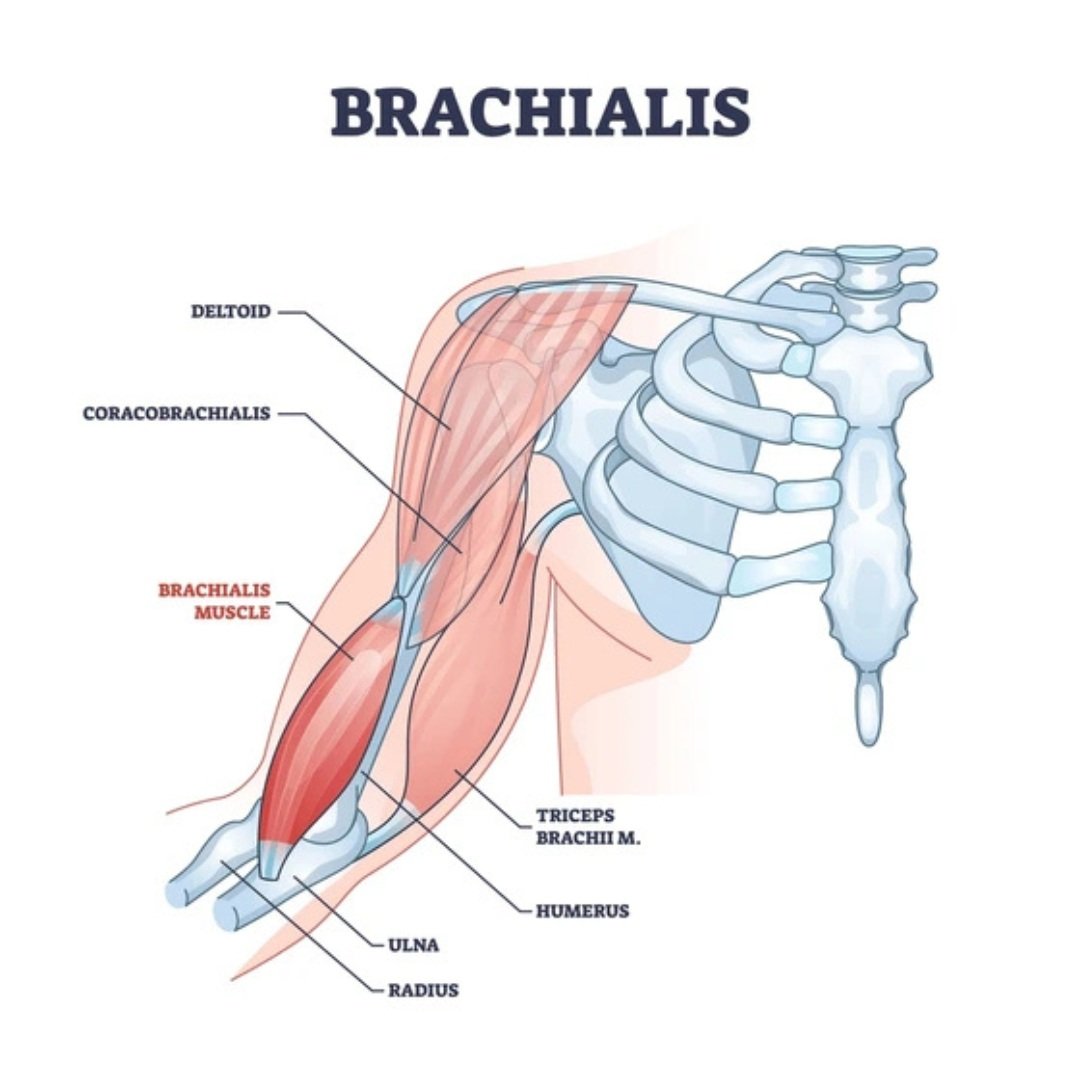
Technique That Actually Builds Muscle
- Own the setup. Brace your ribs down, keep shoulders relaxed (don’t shrug), and lock elbows where you intend.
- Create intent. Think “curl and rotate—squeeze—control down.”
- Tempo basics: 2–3 seconds down, a brief squeeze at the top, and smooth—not jerky—ups.
- Range of motion: Full elbow extension (without joint pain), full flexion without swinging.
- Load honestly. If you must swing the first rep, the weight is wrong.
Pro tip: Too many curl variations, too often, stop progress. Master two to three staples, then rotate a focused second/third move.
According to the National Institutes of Health (NIH), resistance training that emphasizes full range of motion significantly enhances muscle fiber recruitment and long-term hypertrophy.
When (and How) to Use Intensifiers
Biceps often tolerate variety and pump work, but intensifiers are condiments, not the meal:
- 21s (top half, bottom half, full): great end-set burn—use for 1–2 finishing sets.
- One-and-a-half reps: 1 full rep + ½ from the top; powerful in preacher or cable curls.
- Slow negatives (3–5s down): best on your main curl when you’re near a plateau.
- Rest-pause: hit 6–8 solid reps, rest 10–15 seconds, add 2–3 more—excellent strength stimulus.
- Drop sets: reduce weight immediately 1–2 times; fantastic pump finisher.
- Static holds/squeezes: pause mid-range or at peak for 2–5 seconds to reinforce tension.
Use one intensifier per session, not all. Your elbows will thank you.
For recovery context and training minimalism, pair these with short sessions like the routines in 15-Minute Workouts: How to Get Fit When You Don’t Have Time (internal link).
Exercise Menu (Pick the Right Tool)
Primary builders
- Standing Barbell Curl (straight/EZ): loadable, reliable, great for progressive overload.
- Incline DB Curl: long-head stretch + deep stimulus; keep shoulders pinned.
- Underhand (supinated) Lat-Pulldown or Chin-Up: elbow flexors loaded through a long path.
Strict/shape refiners
- Preacher/Spider Curl: elbow supported → less cheating, big peak tension.
- Cable Curl (low to high): consistent tension + easy to manipulate angles.
- Overhead Cable Curl: elbows forward/high → peak contraction emphasis.
Thickness & elbow health
- Hammer Curl (DB/rope): brachialis + brachioradialis → bigger arm “column.”
- Reverse Curl (EZ/straight bar): balances forearm strength, supports elbow longevity.
Want to support lean gains while you grow your arms? See Protein Made Simple: Everyday Sources Beyond Chicken and Shakes (internal link).
Programming That Works (Beginner → Advanced)
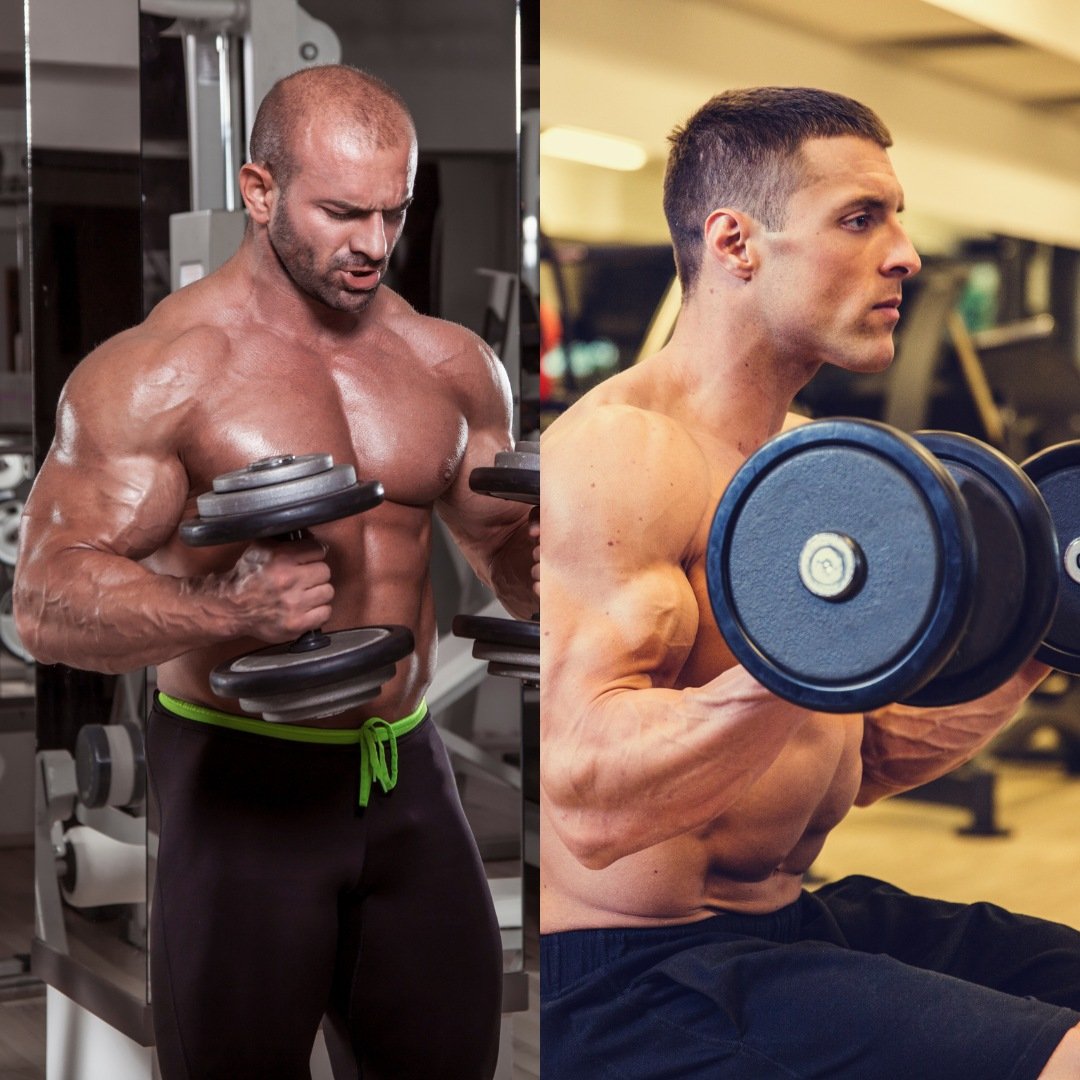
1) Beginner (2x/week, 20–25 min)
Goal: learn skill, build volume without elbow stress.
- EZ-Bar Curl – 3 × 8–10 (2–3s down)
- Incline DB Curl – 3 × 8–12
- Hammer Curl (rope or DB) – 2 × 10–12
Optional finisher once/week: 21s × 1 set (light)
Progression: Add 1 rep per set until top of range, then +2.5–5 lb.
2) Intermediate (1–2x/week, 25–35 min)
Goal: targeted emphasis + slightly higher density.
A. Strength-biased day
- Barbell Curl – 4 × 6–8 (last set add slow negative)
- Preacher Curl – 3 × 8–12
- Reverse Curl – 2–3 × 10–12
B. Pump-biased day (72+ hrs later)
- Cable Curl – 3 × 10–12 (last set rest-pause 1×)
- Incline DB Curl – 3 × 8–12
- Hammer Curl – 2 × 12–15 (drop set on final set)
For readers looking to complement arm training with quick, efficient routines, check out 15-Minute Workouts: How to Get Fit When You Don’t Have Time—a practical guide for busy lifters who want results without overtraining.
3) Advanced Giant-Set (1×/week add-on, 18–22 min)
Goal: hit multiple angles fast; terrific during a cutting phase.
Giant-Set (repeat 3 rounds, 60–75s rest between rounds):
- Incline DB Curl – 8–10
- Spider or Preacher Curl – 10–12
- Cable Overhead Curl – 12–15
- Hammer Curl – 10–12
Coaching note: Reduce weekly back volume slightly when you add this—rows/pull-ups already tax elbow flexors.
Sample “Varied Arm Position” Day (Angle Coverage)
- Drag Curl – 4 × 6–10 (elbows glide back; emphasize long-head stretch)
- Spider Curl – 3 × 8–12 (strict contraction)
- Overhead Cable Curl – 3 × 12–15 (peak squeeze)
- DB Hammer Curl – 3 × 10–12 (thickness/forearm)
This hits behind-the-torso, in-front, overhead peak, and neutral-grip patterns in one session.
Antagonist Superset Day (Density + Elbow Friendly)
- DB Curl ↔ Lying DB Triceps Extension – 4 supersets × 8–10 each
- Low-Cable Curl ↔ Cable Pushdown – 3 supersets × 10–12 each
- Underhand Chin-Up ↔ Close-Grip Push-Up/Bench – 3 supersets × 8–12
- Reverse Preacher Curl – 2–3 × 10–12 (solo finisher)
Alternating biceps/triceps can enhance blood flow and let you do more total work with less joint grumpiness.
Specialization Block (4 Weeks)
Use when arms lag. Keep back volume moderate.
Week structure (5-day rotation works great):
- Day 1 – Primary Arms (volume):
- Incline DB Curl – 5–6 × 6–10
- Wide-grip Drag Curl – 3 × 8–12
- Underhand Chin – 2 × max reps
- Rope Hammer Curl – 2 × 12–15
- Day 3 – “Feeder” Arms (short, pump):
- Seated DB Curl – 1 × 12–15
- Rest-pause set × 1 (6–8 + 2–3)
- Cable Curl – 1 long drop set
- Reverse Curl – 1 × 15
Deload in Week 5 or rotate back to the intermediate template.
Volume, Frequency & Recovery
- Beginners: 6–9 hard sets/week for biceps (not counting heavy back work).
- Intermediates: 10–14 hard sets/week total (including back overlap).
- Advanced/specialization: 14–18 hard sets/week temporarily (3–4 weeks), then pull back.
A consistent plan beats exotic tricks. For sensible guidance on cardio pairing that won’t kill your gains, see American Council on Exercise’s programming resources.
For joint longevity, build forearm strength (hammer/reverse curls) and manage total pulling volume. For hypertrophy fundamentals (progressive overload, adequate protein), Harvard Health offers accessible primers for general readers.
(Note: External sources are included for general education; always tailor load and volume to your history and elbows.)
Common Mistakes (and Easy Fixes)
- Ego-loading. If your hips start the curl, your biceps didn’t earn it. Drop 5–10% and own the set.
- Tiny range of motion. Extend, supinate, and squeeze—every rep.
- Too many “fun” techniques. Pick one intensifier per session.
- Ignoring brachialis/forearm. Hammer and reverse curls = thicker arms + happier elbows.
- No progression model. Add a rep before adding load, then cycle back.
Nutrition (30-Second Playbook)
- Protein: ~0.7–1.0 g per lb (1.6–2.2 g/kg) bodyweight daily.
- Carbs: Fuel the pump and recovery around arm days.
- Creatine: 3–5 g/day is well-supported for strength and size.
- Hydration + sodium: Your pump depends on it.
For carbohydrate and blood sugar basics that pair well with training nutrition, this plain-English explainer from Harvard Health is solid.
Muscle growth isn’t just built in the gym—it’s cemented through rest and mindfulness. Learn how small habits like breathwork and gratitude can improve performance in Finding Joy in the Little Things: Practicing Mindfulness.
3 Ready-to-Use Biceps Finishers
- 21s (EZ-bar or cable): 1–2 sets at the end.
- Cable One-and-a-Halfs: 2–3 sets × 8–10 “reps” (each rep = 1 full + ½).
- DB Hammer Drop Set: 10–12 reps → drop 15–20% → AMRAP → drop again → AMRAP.
Choose one per workout.
Recent Post:
FAQs (Quick Wins)
Q: Can I “shape” the lower or upper biceps?
A: You can’t change tendon insertion, but you can build total size and emphasize long head (incline/drag) or short head (wide grip/cable angles) while growing brachialis for thickness.
Q: What if curls hurt my elbows?
A: Switch to EZ-bar, cables, or neutral-grip DBs; reduce volume; add reverse curls; control the negative; avoid end-range pain.
Q: How long to see results?
A: Most lifters notice visual changes in 6–8 weeks with consistent progressive overload, sleep, and protein.
Conclusion
Building impressive biceps isn’t about chasing every curl variation you see on social—it’s about owning your technique, picking the right 2–3 staples, progressing them week after week, and using intensifiers sparingly when you’ve earned them. Hit the long head with a stretch (incline/drag curls), keep a strict contraction move (preacher/spider/cable), and don’t neglect the brachialis/forearms (hammer/reverse curls) for real thickness and happier elbows. Pair that with enough protein, solid sleep, and patience—and your arms will tell the story.
In short: master the basics, respect recovery, and progress with intent. Your best arm day is the one you can repeat—stronger—next week.
More About:
HEALTH / WELLNESS / FITNESS / NUTRITION
Share This Post
